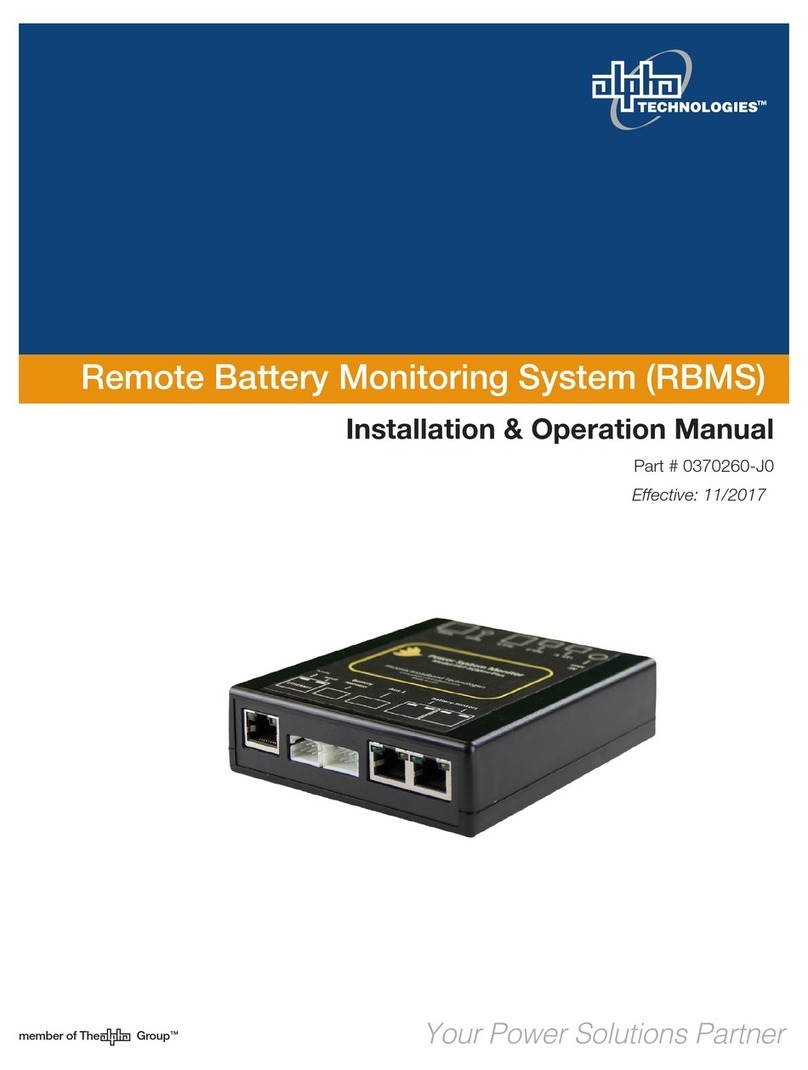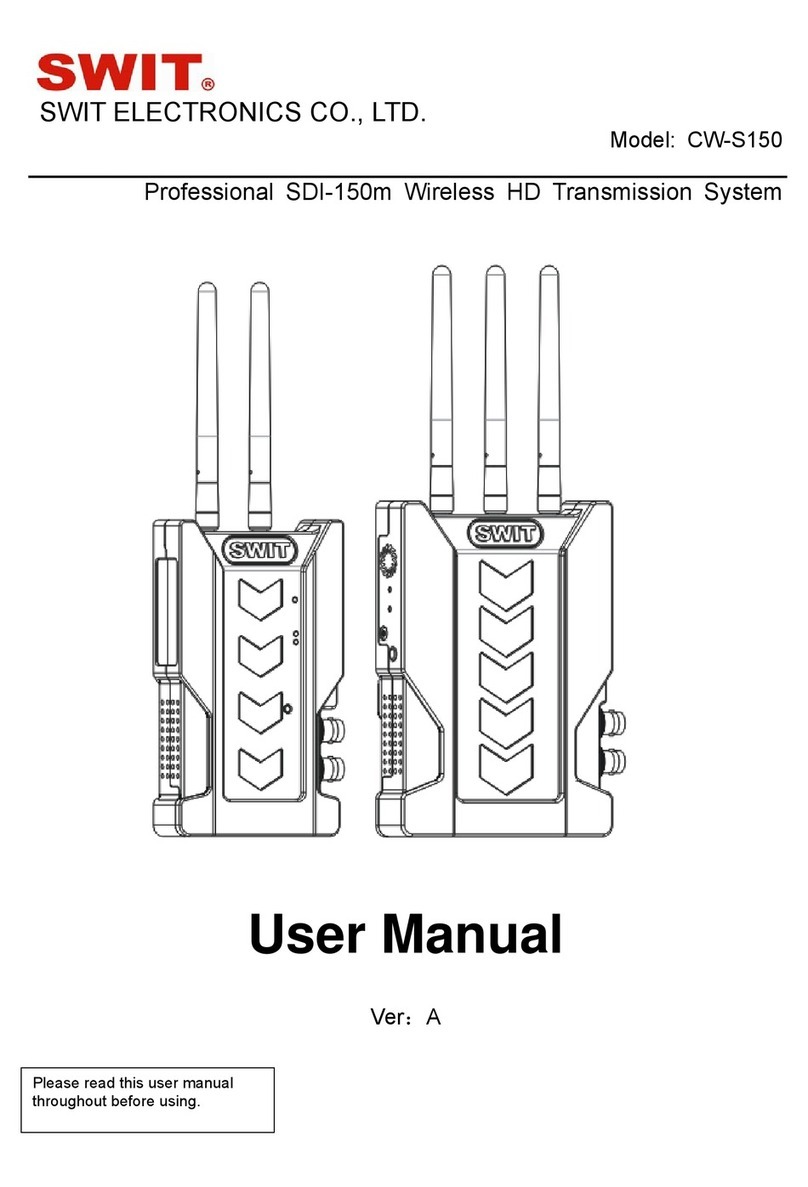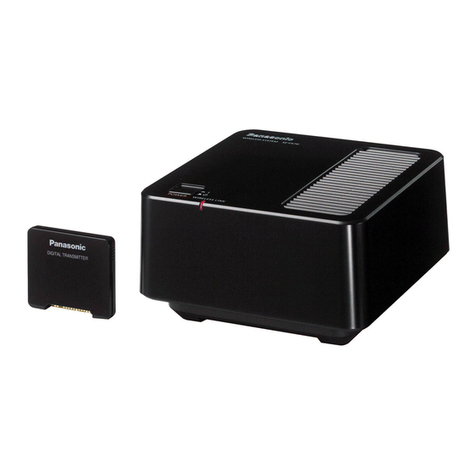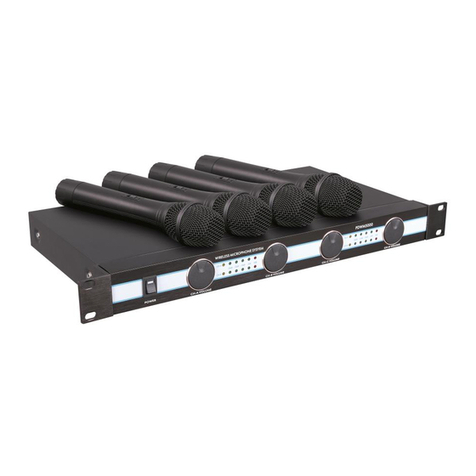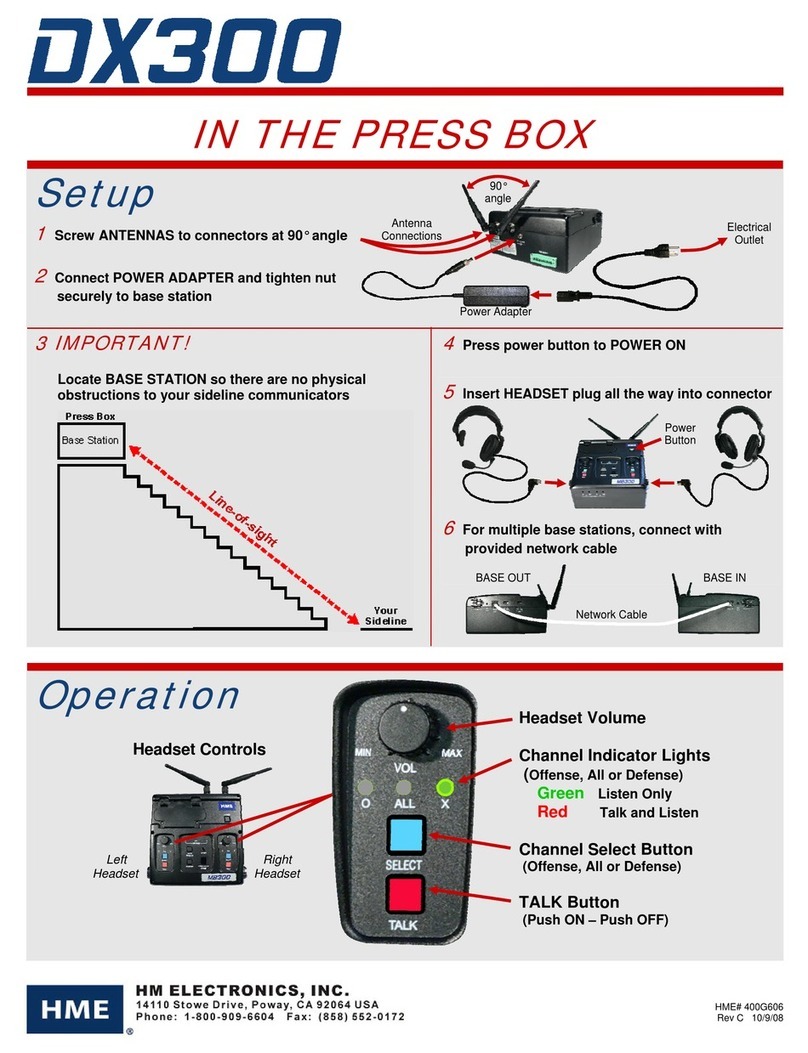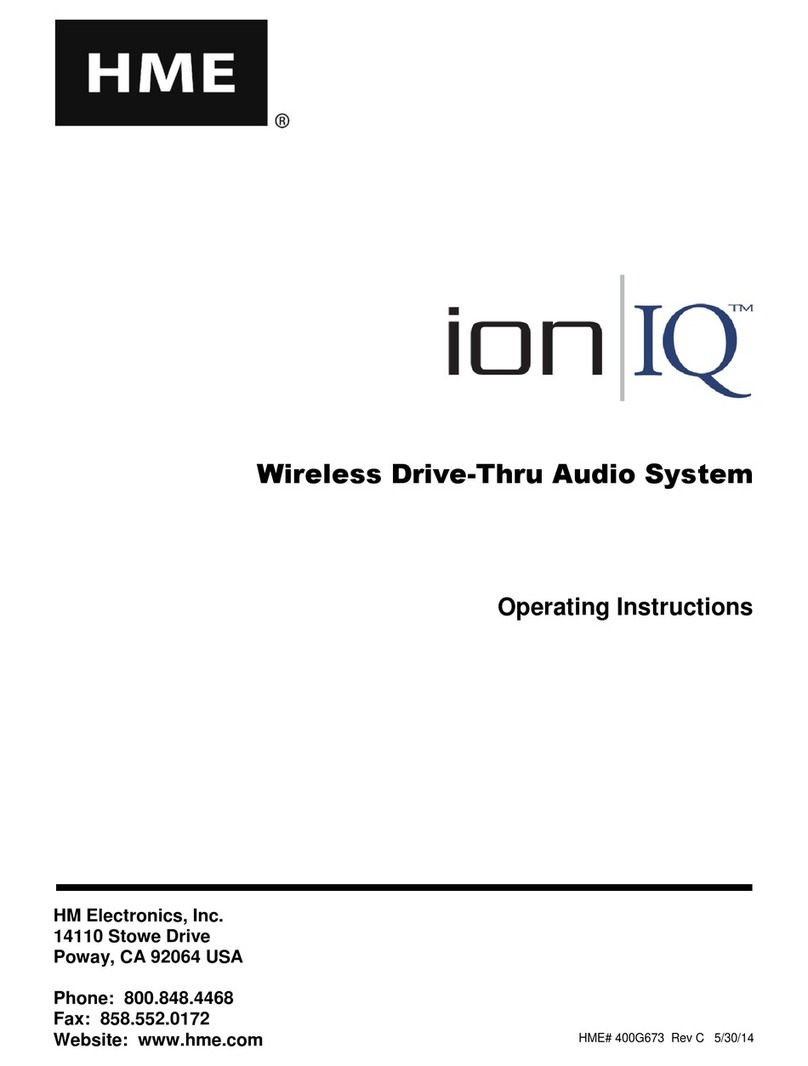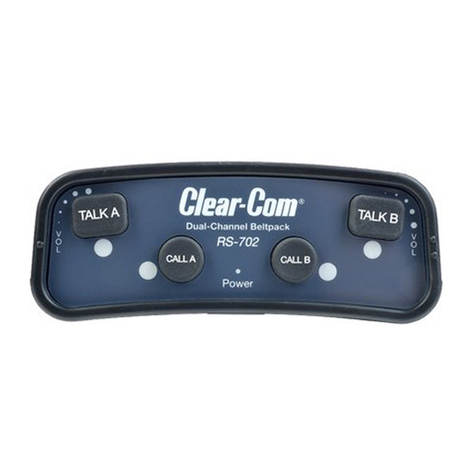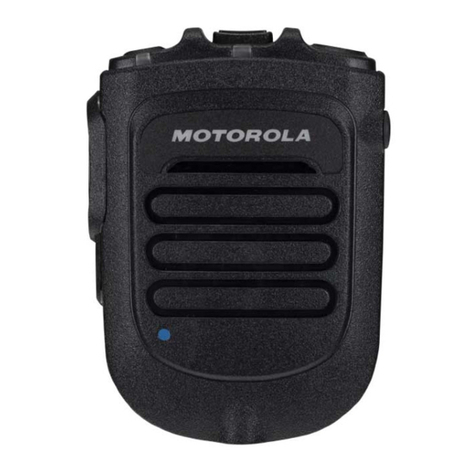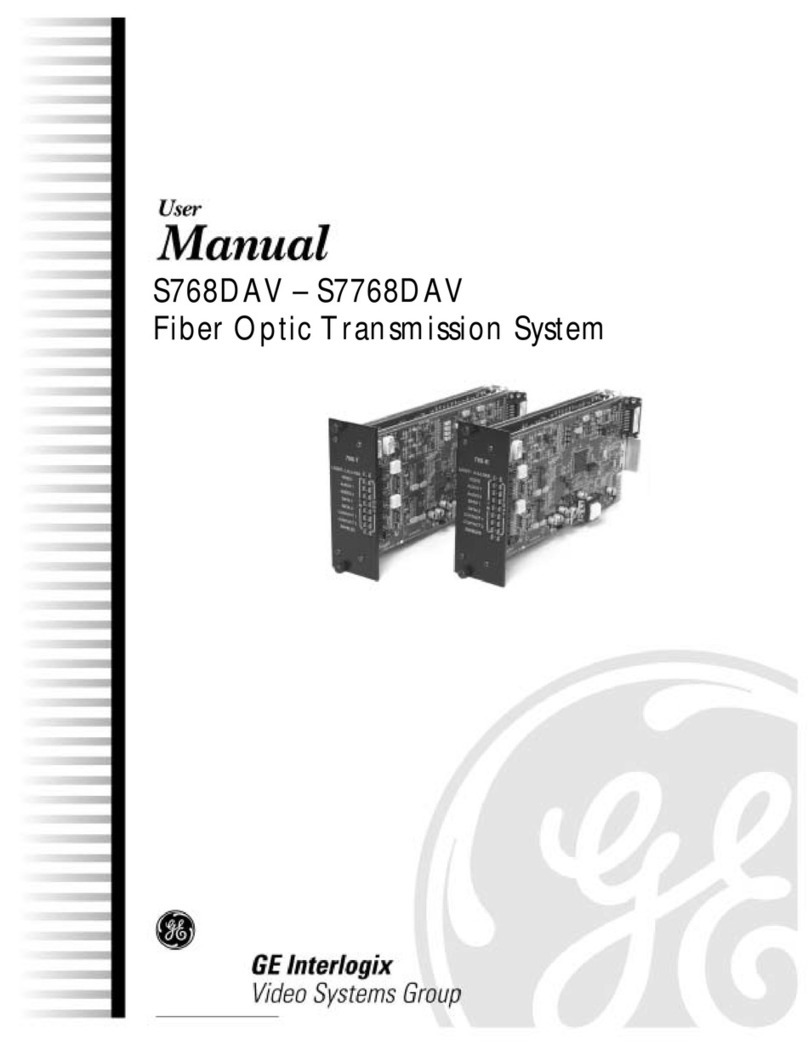
4
Figure 6. Remove and replace Communicator battery
Figure 7. Inserting a battery into
the AC900 Battery Charger
3. Charging the COM400CC Batteries
When there are good batteries in the COMMUNICATOR and the power is on, the red
®
light above the power (PWR) button will be lit. This light only indicates the power is on.
It does not indicate how much power is left in the batteries. As the batteries weaken
during routine use, you will hear a repeating beep in the earpiece, indicating the
batteries need to be replaced. When this happens, remove the battery from the
Communicator as shown in Figure 6. Place both batteries in the AC900 Battery
Charger for recharging. Refer to Figures 7 through 9. Replace the batteries in the
Communicator with fresh, fully charged batteries. Typical battery life with normal use is
8 to 10 hours.
CAUTION: To prevent damage, turn Communicator OFF before removing or
installing batteries.
Installing and Removing Communicator Batteries:
Charging COM400CC Batteries in the AC900 Battery Charger:
Place up to four COM400CC batteries in the charger for charging at a time. See Figure 7.
The red Charging light, adjacent to a battery being charged will go on and remain on
while the battery is charging. Routine battery charging takes up to 3 hours.
NOTE: The COM400CC uses “smart batteries.” That means each battery maintains a history of the
number of times it has been charged. The
AC900 Battery Charger reads and updates
this history each time a battery is charged.
This information is used to automa-tically
initiate conditioning cycles, which improve the
battery’s performance and prolong its life. A
conditioning cycle consists of a complete
discharge before a battery is charged. This
happens each time the battery history
indicates it has been charged 10 times since
the last conditioning cycle. While a battery is
discharging, the red Charging light next to it
will blink on and off at 2-second intervals.
The conditioning cycle takes up to 6 hours.

